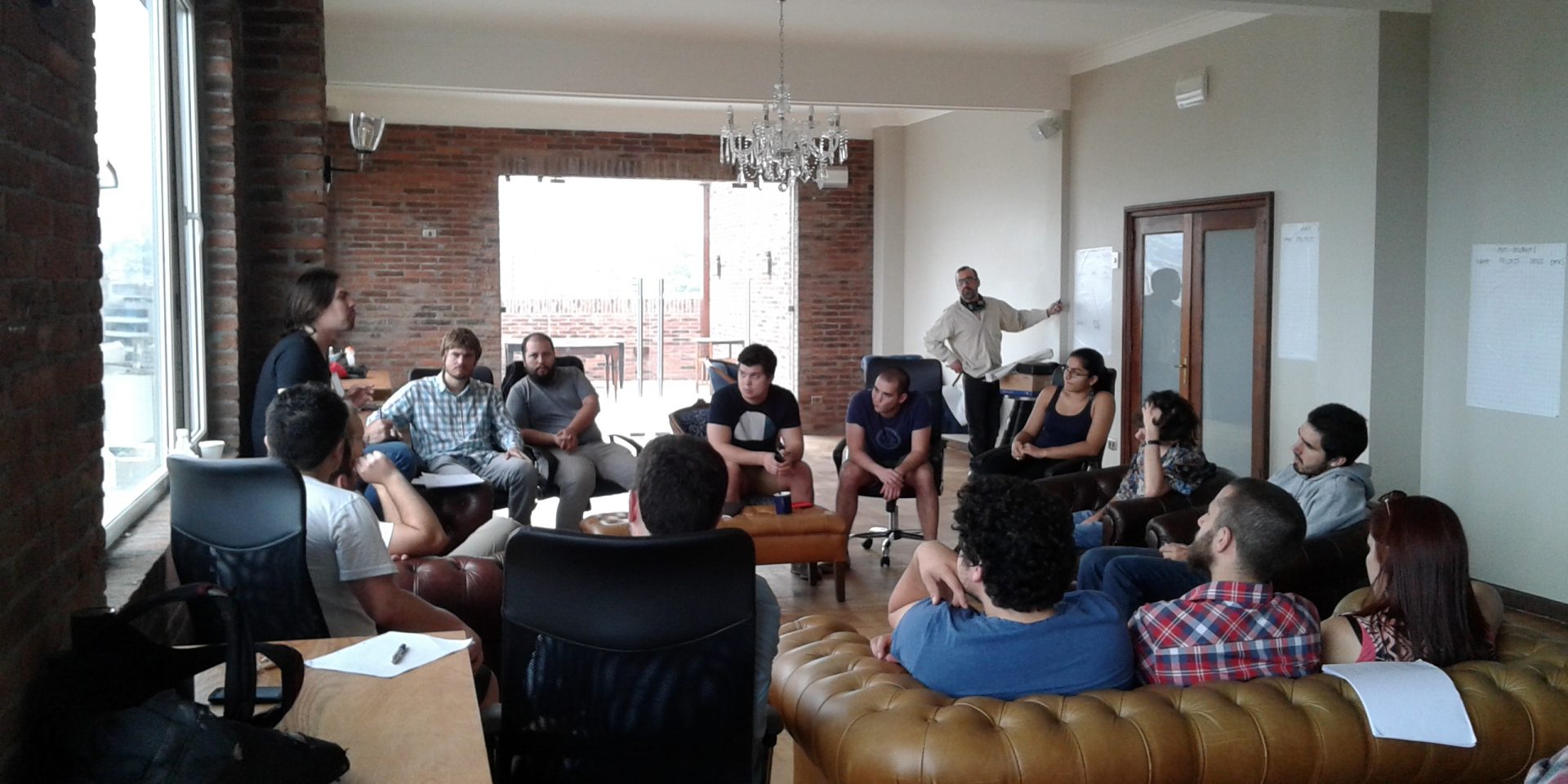
Juan Pablo Cardenas, (AnaliTIC S.A., Instituto de Sistemas Complejos de Valparaíso, Pontificia Universidad Católica de Valparaíso, CICS-Universidad del Desarrollo) will present the paper “Monitoring Twitter through network-based algorithms”. J.P. Cardenas is an engineer and Dr. in Physics of Complex Systems by Universidad Politécnica de Madrid. His work focuses on complex systems, particularly in the study and modeling of these systems as networks. His current work focuses on several projects related to the study of social networks, such as Twitter and RedCiencia.cl (networks of researchers), and automatic text classification using words networks.
Paper: “Monitoring Twitter through network-based algorithms”
When: Tuesday, 16th april, 13:00 hrs.
Where: Sala E2, Universidad del Desarrollo. Av Plaza 680, Las Condes.
Language: Spanish (English speakers are welcome)
Abstract: Market and society are strongly manifested in the Internet, especially in social networks. Twitter allows to their more than 200 millions users to post/read messages, known as tweets. Users can also reply and re-post these tweets from different types of devices such as computers, tablets or smartphones, transforming Twitter in one of the most important social networks where news and opinions spreads quickly around the world. This presentation will show two different tools for real-time Twitter analysis.
The first, called User Network, corresponds to an interactive and real time graph of user “talking” about a topic. This network is characterized by a metric for influence, called Social Network Influence (SNI_score), for users belonging to the graph. The SNI score for the user u considers: (i) the number of users connected directly to them, (ii) the size g of the set of users belonging to the graph to which u belongs, (iii) the strategic-topological position of u in the graph, (iv) the number of Followers and Friends of u in Twitter and (v) the influence probability, corresponding to the actions (tweets) performed by users of g that are a consequence of the actions performed by u.
The other tool, are two network-based algorithms designed for natural language processing. Using word networks (i.e., graphs build out of words co-occurrences in tweets) one of the algorithms infers the principal idea behind a set of tweets constructing the most probable word chains extracted from those networks according to the frequency of words and relations in the set. The other algorithm classifies automatically tweets in different sentiment categories (positive, negative and neutral) mapping unclassified tweets on training word networks (i.e., co-occurrence word networks constructed using set of tweets previously classified in a sentiment category by a human). Thus, the lower cost obtained for reconstructing an unclassified tweet in a trained network determines its category.